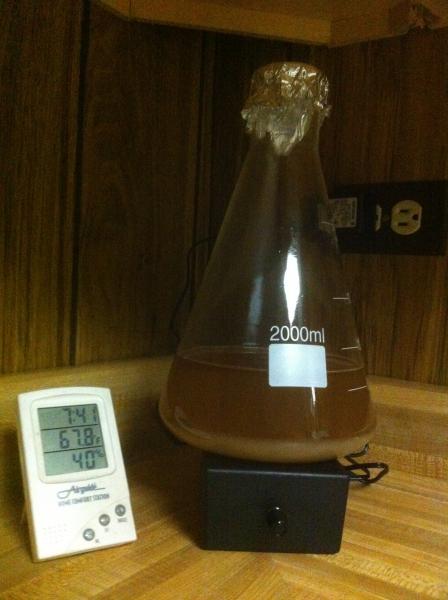Woodland
Well-Known Member
I made a 1L batch of starter yesterday with recycled WL Irish ale yeast. I currently have it spinning away on the stir plate as I plan on making a batch of Irish stout within the week. My question is, is there any point on cold-crashing the yeast if I plan on pitching the entire starter? I'm guessing the starter would be more active if I kept it at room temperature for the next 5-7 days.




